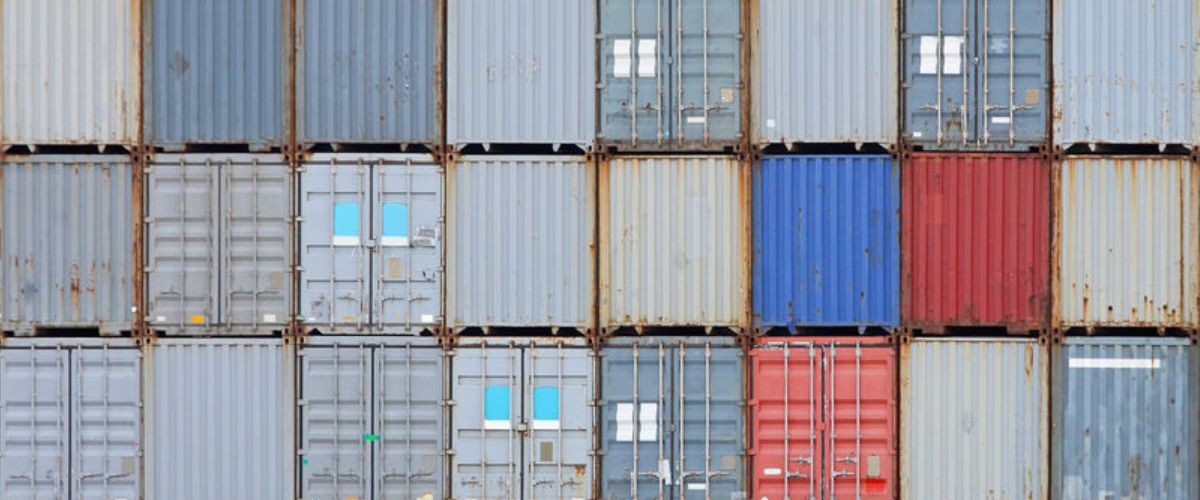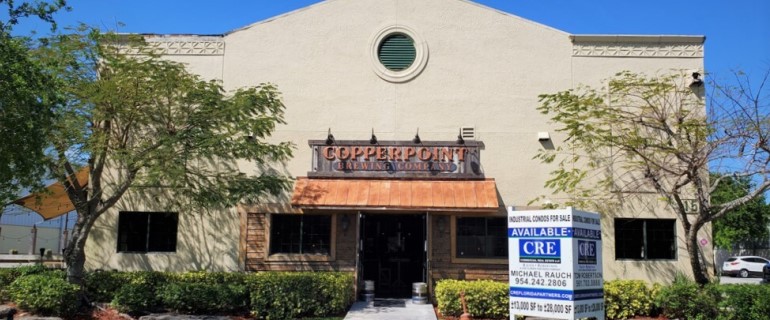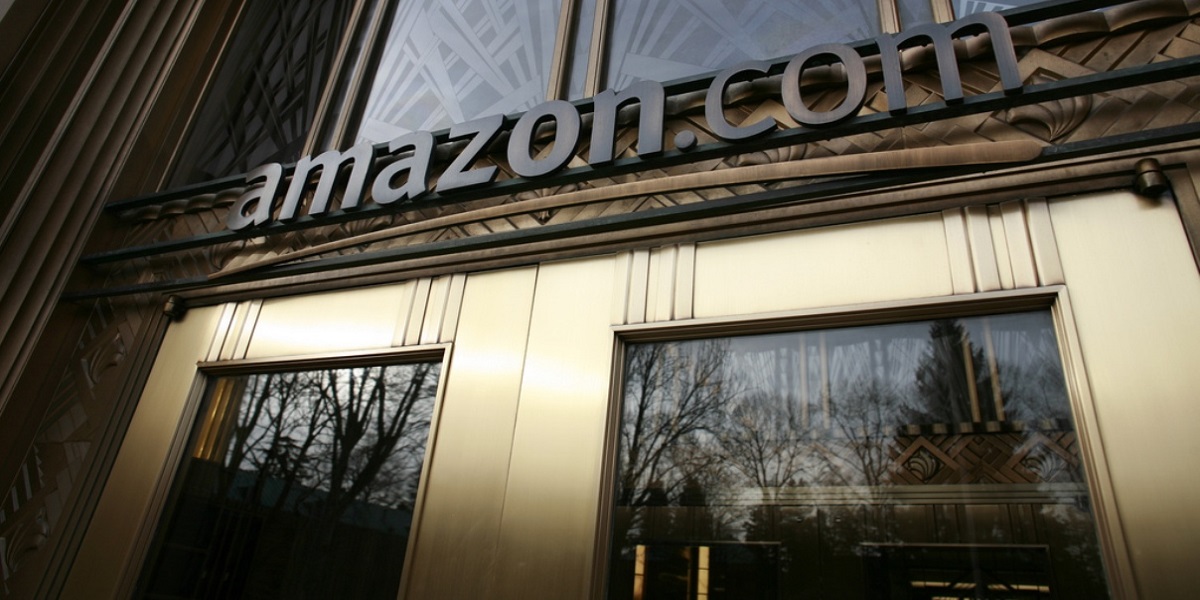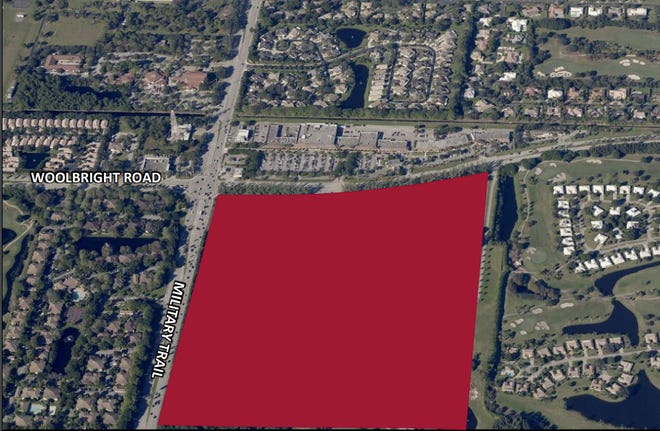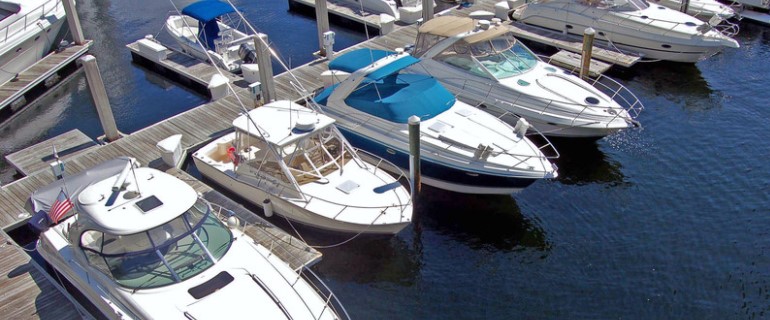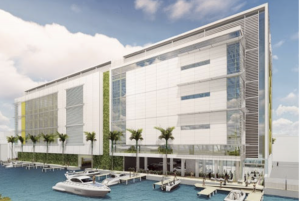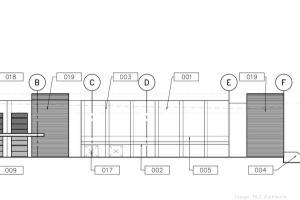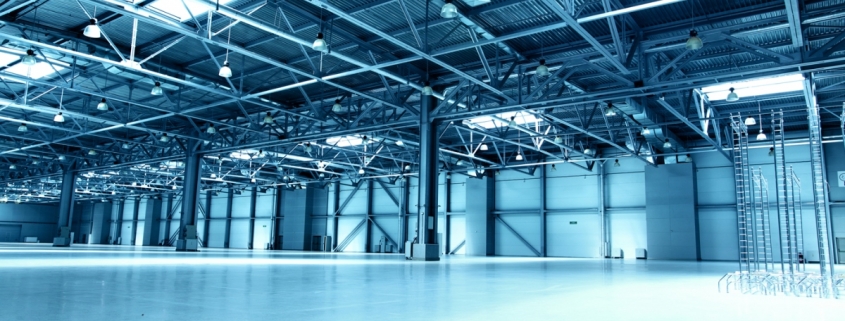Tony Arellano and Devlin Marinoff are co-founders and managing partners of Miami-based DWNTWN Realty Advisors.
The firm focuses on urban core transactions ranging from $3 million to over $20 million. GlobeSt.com caught up with them to discuss the long-awaited arrival of distressed assets on the market.
GlobeSt.com: When can we expect to see a high volume of completed distressed real estate transactions, and what opportunities are you already seeing?
Devlin Marinoff: Everyone in the industry knows what is on the verge of happening. We are starting to see the initial wave of bankruptcy and foreclosure filings, and this will accelerate quickly once the forbearance periods burns off during the fourth quarter. In Miami Beach alone, I anticipate at least 50% of the hotels there filing for bankruptcy in the coming months. We are already seeing notes on hotel properties in Miami Beach go on the market, and that’s before lenders start discounting notes to levels where investors will get interested. There have been some studies showing that up to 50% of retailers may not make it through this. This isn’t just local, statewide or national – this is global. The worldwide economy is going to be much smaller when we exit this pandemic. We will see many hotel, retail and even multifamily distressed opportunities in the fourth quarter and early 2021.
Tony Arellano: As with the broader market, the state of distressed real estate depends on the product type and neighborhood. It also comes down to the type of loan, whether it is CMBS, a conventional loan from a bank or private lender financing. Those factors will determine the urgency for a lender to get assets of their books, the appetite for acquisition and what makes for a truly enticing opportunity. Certain deals that are discounted by 20% will create a feeding frenzy. There are a lot of investors waiting for the market to flood with massive amounts of distress, but while there will be great opportunities to buy, I don’t necessarily think it will be an immediate glut of great deals.
GlobeSt.com: What are your investor contacts in South Florida and the Northeast saying about distressed real estate?
Devlin Marinoff: Pretty much every investor I know is calling me asking “what do you have?” There is an incredible amount of liquidity on the sidelines waiting for the non-performing loans to become available and for the forbearance extensions to end. It runs the gamut from small private investors to huge institutional funds with billions of dollars. Overall, there is more than $1 trillion just waiting to be deployed.
Tony Arellano: They are saying “send me every deal you have.” New York investors want out of New York and feel it won’t be investible for the next few years. They want to come to South Florida, but that doesn’t necessarily mean they will be able to understand what makes a good deal here. Real estate is local, and investors need to understand the supply and demand drivers and nuances of the different submarkets. South Florida is a particularly fragmented region with a mix of established core neighborhoods, emerging pockets and overlooked areas with upside potential.
GlobeSt.com: What do some of the high-profile South Florida assets going into special servicing (such as the Fontainebleau Hotel, Westfield Broward Mall and Southland Mall – now in foreclosure) tell us about where the rest of the year/early 2021 is heading?
Devlin Marinoff: The Fontainebleau belongs in its own category because I see that getting worked out due to the strength of Turnberry as a sponsor and size of the loan (nearly $1 billion). Every situation is unique, but there definitely are antiquated malls around the country that need repositioning. This cycle will expedite the issue of certain malls being obsolete. Looking broadly, a new Wells Fargo report showed that appraisals on CMBS properties in special servicing have averaged a 27% decline. That is staggering. For investors, the challenge with trying to acquire CMBS properties is that the servicer has all the power to make decisions with the goal of recouping the most dollars for the loan’s backers. Because of that, it’s a long road for an investor to get to the finish line.
GlobeSt.com: How is the investor interest in distressed real estate going to impact pricing?
Tony Arellano: The cost basis is relevant, but the most important thing moving forward is what the lending requirements are. It’s not about what someone paid or how much an investor bought below what someone else paid. The capital markets drive commercial real estate. If you can’t meet debt standards, coverage ratios or reserve requirements, the deals don’t work. Pricing will be determined by what something can be financed at and the underlying fundamentals. Is there a path to profit?
Devlin Marinoff: Investors are simply kicking tires until it gets to the level where they can obtain at least a 20% discount from the face value of the debt. If there is a $10 million mortgage on a commercial property previously acquired for $16 million, most of our investors would want to buy at $7-to-8 million and end up at a 50% valuation of the previous sale price.
GlobeSt.com: What are some of the challenges that could come from such a competitive environment for distressed assets?
Devlin Marinoff: People will buy debt and distressed real estate in different ways. The Starwoods and the Blackstones of the world will come in and acquire big portfolios of debt, put receivers in place, keep core assets and sell others. The buyers of debt will eventually become the sellers of assets, so there are many layers to this. The hardest thing right now is you can’t get the data. We don’t know what’s going on with the banks, they are not so transparent, so we’re guessing at this point.
Tony Arellano: The current value opportunities are hard to understand. That’s the biggest challenge in the market. At DWNTWN we like to say that we don’t find good deals, we make them. It’s going to come down to being creative and having the wherewithal to see where values and fundamentals are trending.
Source: GlobeSt.


